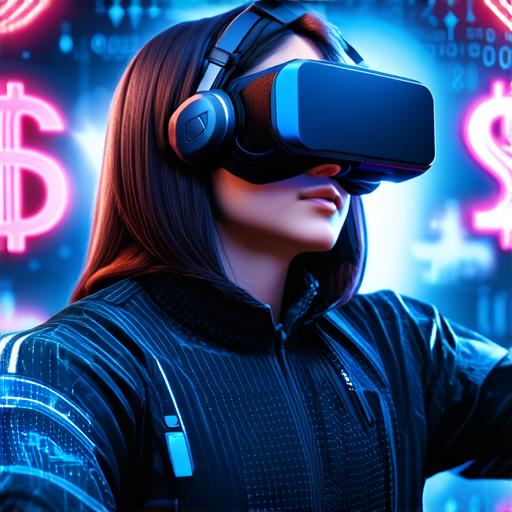
How does VR impact revenue?
Virtual reality (VR) technology is changing the way businesses operate, from enhancing customer experiences to revolutionizing the way products are designed and manufactured. In this article, we will explore how VR impacts revenue across different sectors and industries.
Table of Contents
ToggleCustomer Experience Enhancement
One of the most significant ways that VR impacts revenue is through customer experience enhancement. By providing immersive experiences that simulate real-world scenarios, businesses can offer their customers a unique and memorable experience that will keep them coming back. For example, in the travel industry, VR can be used to showcase different destinations and allow potential customers to virtually visit these places before making a decision. This not only enhances the customer experience but also reduces the risk of dissatisfaction or disappointment.
Virtual Product Testing and Design
Another way that VR impacts revenue is through virtual product testing and design. By using VR technology, businesses can create realistic simulations of their products in a virtual environment, allowing them to test and refine their designs before launching them on the market. This not only saves time and resources but also reduces the risk of mistakes or defects that could impact revenue negatively.
Increased Efficiency and Productivity

VR technology can also increase efficiency and productivity in various industries, including manufacturing, construction, and healthcare. By providing workers with immersive training simulations, businesses can train their employees more effectively and efficiently than traditional methods, which can reduce the time and cost of training and improve overall productivity. In addition, VR technology can be used to streamline workflows and improve communication between teams, resulting in faster project completion times and increased revenue.
Improved Supply Chain Management
Finally, VR technology can also impact revenue by improving supply chain management. By creating virtual simulations of supply chains, businesses can optimize their logistics operations and identify potential bottlenecks or inefficiencies before they become a problem. This not only reduces costs but also improves customer satisfaction and increases revenue by ensuring that products are delivered on time and in good condition.
In conclusion, VR technology has the potential to impact revenue positively across various sectors and industries. By enhancing customer experiences, revolutionizing product design and testing, increasing efficiency and productivity, and improving supply chain management, businesses can leverage VR technology to drive growth and increase profitability. However, it is important for businesses to carefully consider their specific needs and goals before investing in VR technology to ensure that they are maximizing its full potential.

